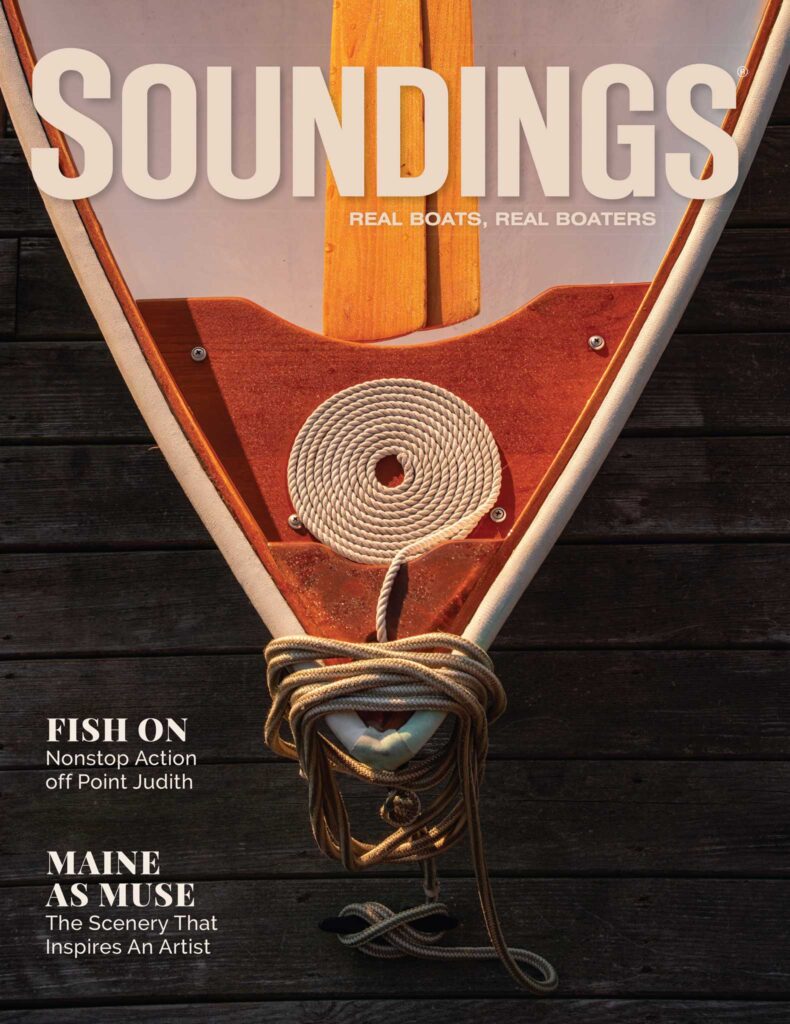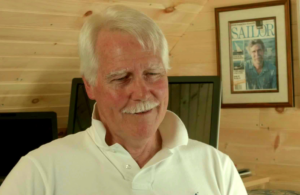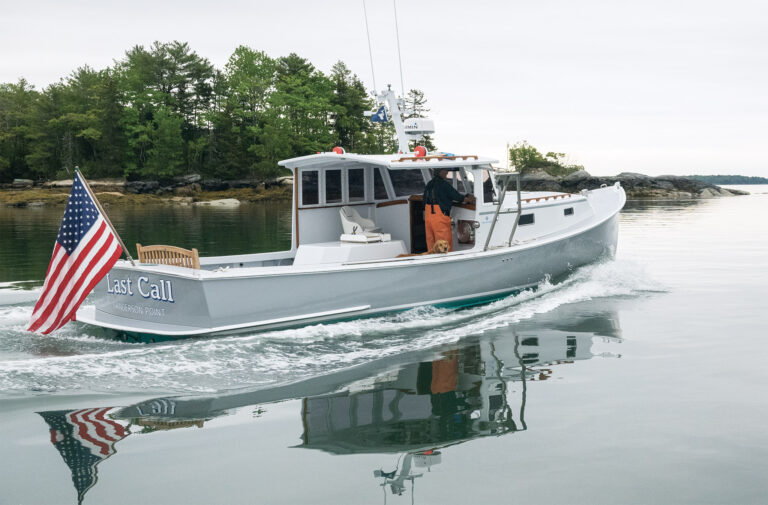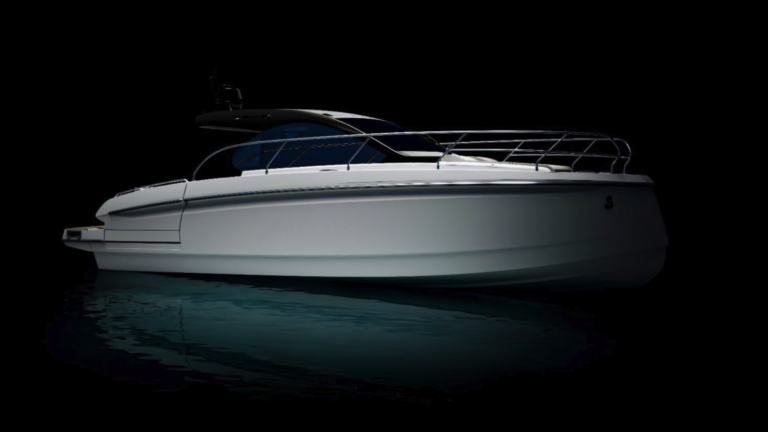After a favorable environmental study from the feds, developers are hoping to break ground in March
After eight years of controversy over a proposed offshore wind farm in Nantucket Sound, the Cape Wind project is closer to reality with the release of the final environmental impact study.

Web Extras
>> Click here to read TSC’s full radar report.
>> Click here to read Minerals Management Services’ full report.
The U.S. Department of the Interior’s Minerals Management Service released its final environmental study report Jan. 16 with a generally favorable response, stating that the impacts of the project were mostly “negligible or minor.” MMS is the federal agency in charge of leasing the offshore property to Cape Wind Associates.
“They now have 30 days to finish reviewing the project before entering a record of decision,” says Mark Rodgers, spokesperson for Cape Wind. “Getting this very favorable document from MMS reinforces the public support we are gaining.”
This latest development caps a series of reports on the project, including two radar studies — one by the Coast Guard and a Dec. 18 study issued by Technology Service Corporation.
TSC, contracted by the Coast Guard, presented its findings on how the wind farm would affect radar in its proposed location near Horseshoe Shoal, about 13.8 miles from Nantucket Island. The study displayed several navigation scenarios within the area of the proposed wind farm.
TSC concluded that, while the project would add to radar interference, the problems were not unmanageable.
“[The wind farm] will not make it easier to point out what the real and fake targets are,” says Ron Beck, chief of the energy and facilities branch of the 1st Coast Guard District based in Boston. “But this can be mitigated because it is an area that can be controlled, such as making sure people slow down. A boater would not want to be going 30 to 40 knots in the fog in the wind farm.”
Cape Wind was first proposed in 2001 and calls for 130 turbine towers, each 440 feet tall from blade to base. When completed, the wind farm would cover more than 25 square miles, according to Rodgers.
The turbines will be spaced in rows, the space between each row being 0.62 miles with each turbine 0.4 miles away from one another within the row. The project also includes a 10-story electrical service platform in the center of the farm.
Cape Wind’s Rodgers says the company has listened to the public and made modifications to the plan through the years, such as cutting down the proposed number of turbines by 40. In response to the radar study, Cape Wind has agreed to add private aids to navigation lighting and signals, install traffic-management efforts such as marked traffic lanes and recommended vessel routes, and establish a control center as required by the Coast Guard terms and conditions.
“We do believe the public opinion is moving in our direction,” says Rodgers. There are others who feel strongly about it and we recognize that. Any major energy infrastructure will have opposition.”
The wind farm would provide three-quarters of the electricity used on Cape Cod, says Rodgers, reducing the region’s need to import oil, coal and gas. The farm would also create hundreds of jobs during its construction and provide 55 full-time permanent positions in the area.
Rodgers says they hope to break ground by the spring, but there are other hurdles such as approval by the Federal Aviation Administration, which must determine whether the wind farm would interfere with airplane radar, and a final recommendation by the Coast Guard. Also, Rep. James Oberstar (D-Minn.) and Rep. Nick Rahall (D-W.Va.) have requested a longer review of the Coast Guard’s recommendations on the marine radar study, according to Beck.
“That is something the MMS will have to handle,” says Beck. “They hold the responsibility for the permitting and the litigation risk.”
Considering all of these loose ends, having the project under way by the spring is wishful thinking, says Glenn Wattley, president and CEO of The Alliance to Protect Nantucket Sound, a group opposing the project.
“First and foremost, this is a report that even the MMS has acknowledged is not completed,” says Wattley, who is managing director of WestBayEnergy, a strategy and private placement firm with a client base that includes gas and electric utilities, energy producers (coal, oil and gas), and high-growth technology startups.
“The FAA is still working on yet another study on safety … it’s getting the cart before the horse.”
The FAA study could take months, and there is no guarantee at this point that the developer wouldn’t walk away from the project if it becomes too cumbersome or expensive, says Wattley.
The Alliance plans to send comments to Secretary of Interior Ken Salazar, says Wattley.
Public comments can be sent to MMS, but at press time no public hearing had been scheduled, according to Beck.
See related article: “Cape Wind Project.”
This story originally appeared in the March 2009 issue.










